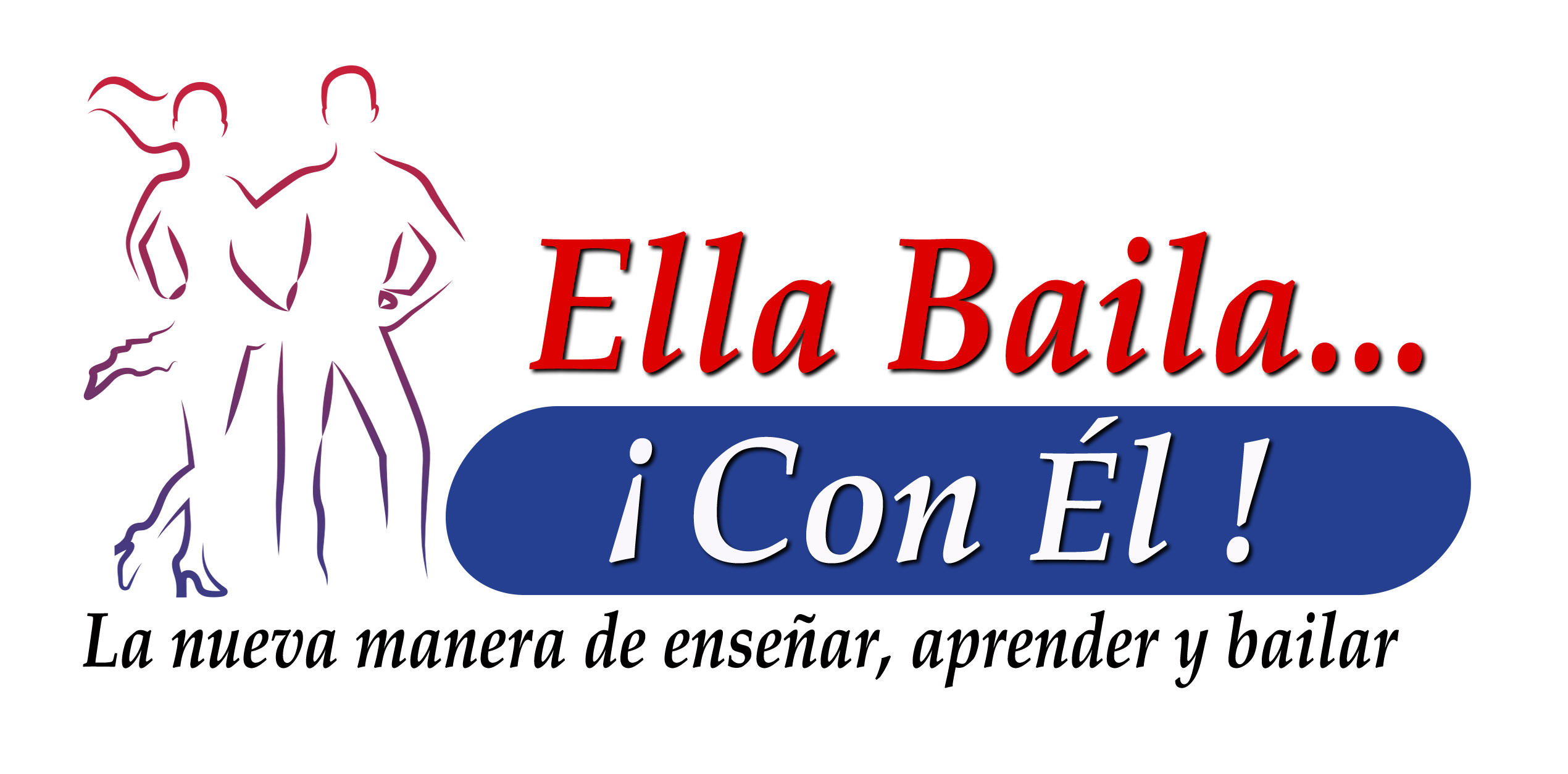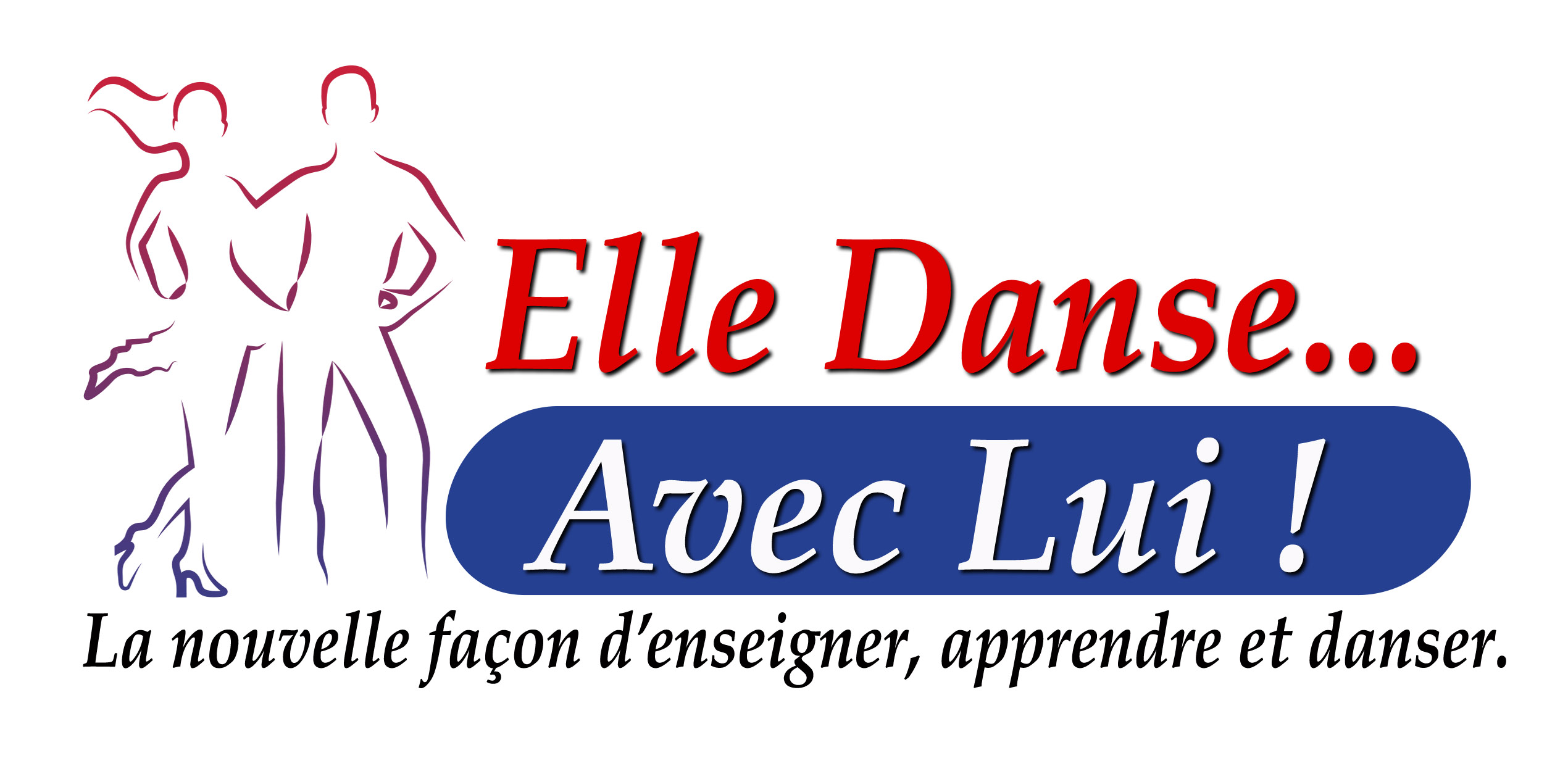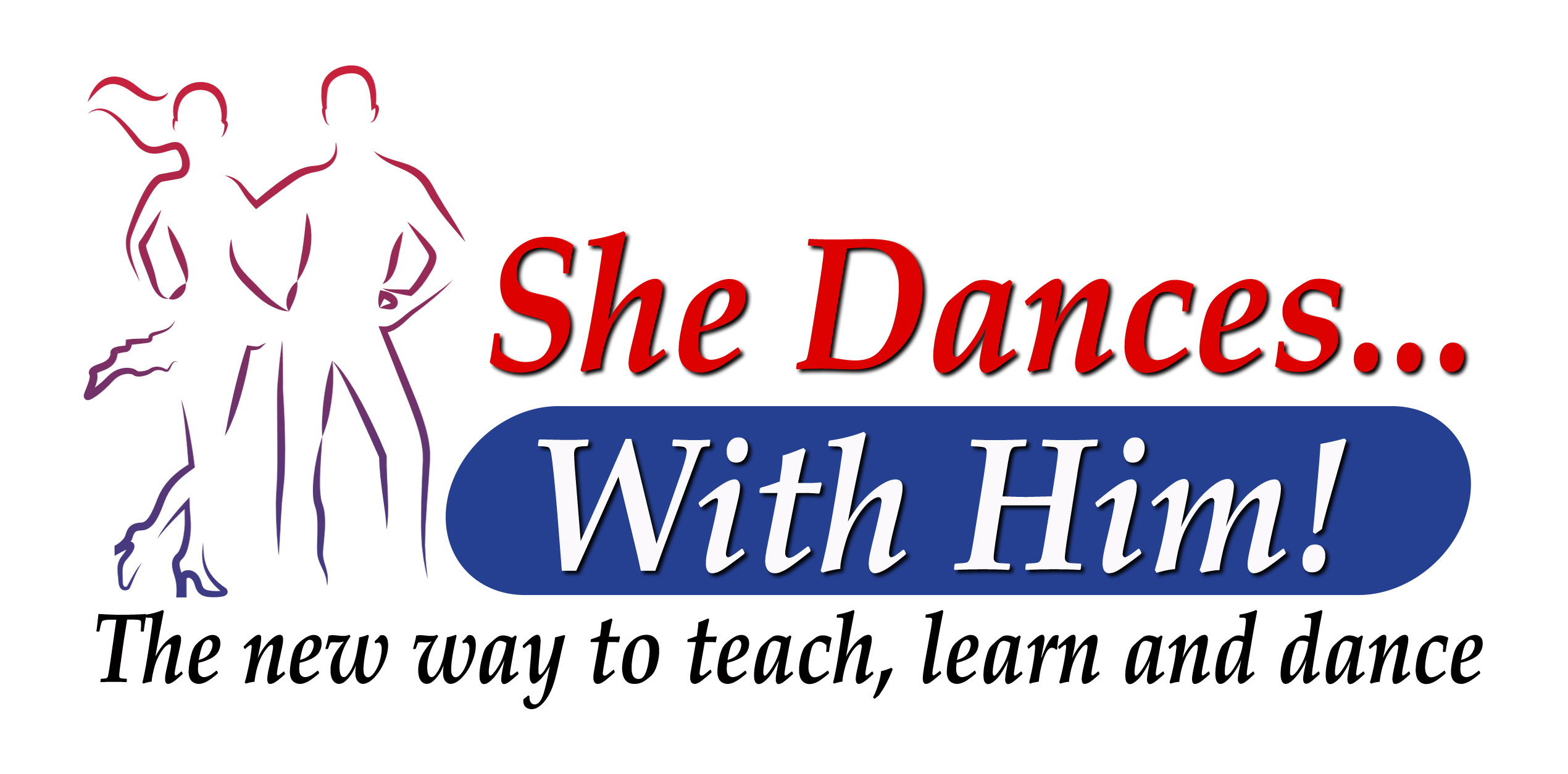Dances
In this section you can find out about the dances we teach, their origins and their benefits.
Salsa
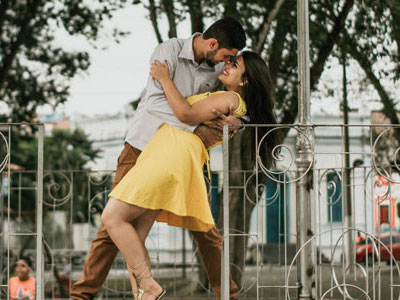 The fact that salsa is by an astronomical stretch, the most popular form of couple dancing in the world is simple to explain: It is incredibly easy to learn, fun to do, it is popular across every continent and it evolves continuously, so it never goes out of style. It has become synonymous with Latin zest for life and remains one of the most accessible ways to learn about Latin-American culture
The fact that salsa is by an astronomical stretch, the most popular form of couple dancing in the world is simple to explain: It is incredibly easy to learn, fun to do, it is popular across every continent and it evolves continuously, so it never goes out of style. It has become synonymous with Latin zest for life and remains one of the most accessible ways to learn about Latin-American culture
As the name suggests, this dance is a spicy mix of different Afro-Caribbean-Latino-American ingredients such as mambo, son, guaracha, guaguancó and yambú.
Salsa can be as diverse as the folkloric roots of the different countries that contributed to its evolution.Cuba, Puerto Rico and Colombia were the main contributors at first. Their musical traditions, when dropped into the melting pot of the United States of America’s jazz music scene coalesced into what we know today as Salsa.
Salsa has remained unregulated by any international dance governing organization. All efforts to regulate it have been defeated by the stubborn independence of the salsa teaching community, by the general derision of the dancing public and most importantly, by Salsa’s continuous and irrepressible evolution, which has resulted in multiple styles, such as Cuban Casino, Los Angeles style, New York style and Caleño style.
All of these forms of salsa are in constant evolution, absorbing every day new elements from sources as diverse as argentine tango, swing, hip-hop, ballroom and even ballet-jazz.
Bachata
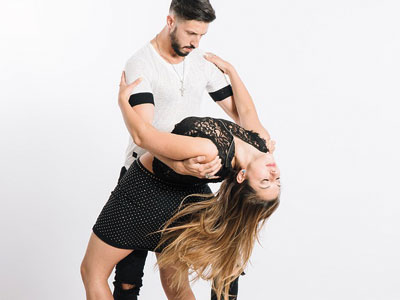 Originally from the Dominican Republic, the dance and the music both take their name from the early 20th century Dominican expression Bachatear which means to get together to party and to dance.
Originally from the Dominican Republic, the dance and the music both take their name from the early 20th century Dominican expression Bachatear which means to get together to party and to dance.
The music is a mix of bolero, merengue and blues, spiced with piccicato guitars and driven by guiros in the rhythm section. The dance displays obvious merengue and bolero ancestry. It is extremely easy to learn and can serve as a platform from which to learn salsa too.
Juan Manuel Calderon and Luis Segura were the first in a constellation of bachata music stars but their fame was mostly confined to the Dominican domestic market. Juan Luis Guerra with his orchestra “440”, got the world to sit up and pay attention when he won a Grammy in 1992 for the album Bachata Rosa.
But it was finally Los Tinellers, a group of cousins of Dominican extraction living in New York that got the planet to dance bachata in 2002 when they changed their name to Grupo Aventura and released the mega-hit Obsesión. Their lead singer, Anthony “Romeo” Santos eventually launched a solo career and went on to become a global superstar.
Ever since, the love affair between dancers and Bachata has grown stronger. The sensual dance, the contagious melodies, the romantic lyrics, the ease with which the dance can absorb elements from other disciplines; it all means that bachata, just like salsa, it will never go out of style.
Rueda de Casino
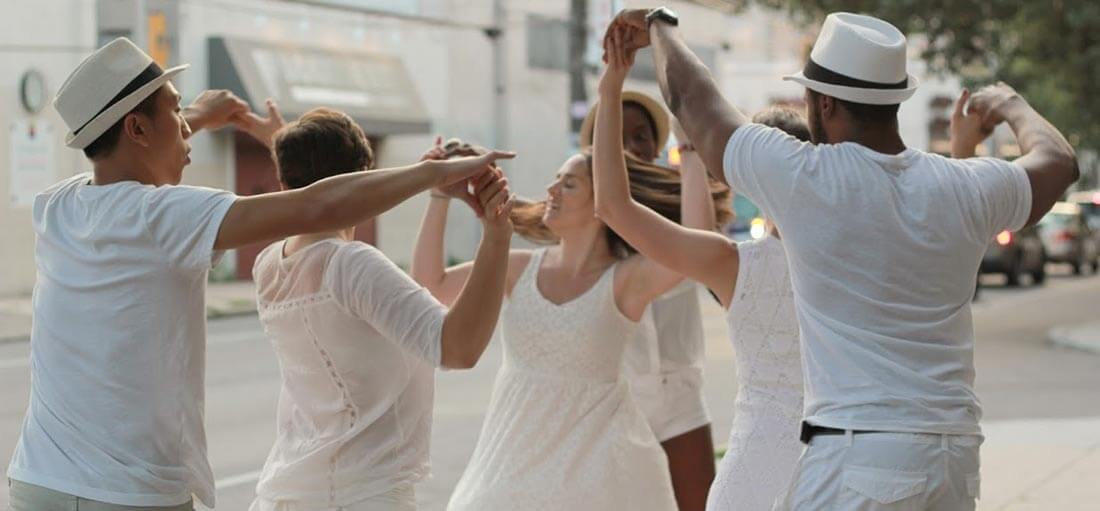
Named after the Casino Deportivo De Playa Miramar club in Havana, Cuba, where it was invented in the late 1950’s, this exciting variety of salsa has the particularity that it is danced by several couples at the same time.
In it, all the couples place themselves facing the center of a rueda (wheel, in Spanish) and dance in unison while they execute standardized patterns and partner changes under the direction of one of the dancers who is known as cantante (singer) or madre (mother). The patterns are indicated by means of audible calls, or if the music is too loud, by hand signs, just like sign language.
There are two major styles of Rueda de Casino: the original Cuban style and the Miami style, developed in that city by Cuban refugees that escaped the revolutionary government that came to power on the island in the 1960’s. This style has become the most popular around the world. There are over two hundred popular rueda patterns which are almost universally standardized, with only minor differences between the Cuban and the Miami styles.
One of the great benefits of learning Rueda de Casino is that it helps develop great flexibility of movement in all salsa dancers, regardless of their preferred style. This is because in Rueda de Casino patterns have a great structural variety, as some are horizontal, others are circular and others are sagittal. It goes without saying that Rueda de casino is also a great way to make friends, have fun, and be introduced to the Spanish language and the Cuban culture.
Merengue
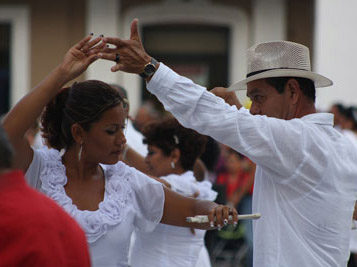 Merengue is the joyful national dance of the Dominican Republic. Its infectious music and emotional lyrics make it a fun dance to learn and execute. Different forms of it are danced in practically every island of the Caribbean and it is a popular dance all over the world.
Merengue is the joyful national dance of the Dominican Republic. Its infectious music and emotional lyrics make it a fun dance to learn and execute. Different forms of it are danced in practically every island of the Caribbean and it is a popular dance all over the world.
The benefits of learning merengue are important for all Latin dance aficionados. Merengue is known amongst dance teachers as the Latin dance research lab. Since its patterns so closely reassemble walking, it is extremely easy to learn about proper footwork, body and arm motion as well as styling, all while having fun playing with the different turns and patterns. Afterwards, transposing these patterns and techniques onto Bachata, Salsa, Cha-cha-cha and even Swing is easier than if these dances had been introduced individually.
Learning Merengue is a great way to be introduced to Dominican culture and a good way to get ready to take the dancefloor when on vacation in Latin America.
Swing / Rock 'n' roll
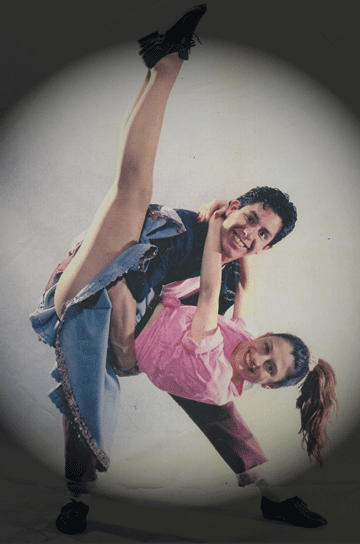 In its multiple expressions, such as East Coast, Rock’n’roll, Jive, Lindy-Hop, West Coast, Balboa and Shag, the irrepressible group of dances collectively known as Swing, are a hallmark of American culture.
In its multiple expressions, such as East Coast, Rock’n’roll, Jive, Lindy-Hop, West Coast, Balboa and Shag, the irrepressible group of dances collectively known as Swing, are a hallmark of American culture.
In the aftermath of the First World War white urban America discovered and adopted black music in the form of jazz and amalgamated traditional black and rural dances into what came to be known as Swing. A rebellious dance, Swing did away with traditional “Up and Clean” ballroom posture, introducing the “Down and Dirty” style so characteristic of the dance.
Swing musicians and dancers introduced syncopations, six-count patterns as opposed to the standard eight and popularized dips, drops, jumps and lifts, which came to be known as “aerials.”
The cultural impact of Swing can be seen even in modern speech, which is peppered with slang -such as swing, cool, jive, pop, hepster, G-man, operator, cat, drapes, zoot- that were first used by its practitioners and are known as “Swingspeak” .
Learning Swing is not only fun, it is easy, since the norm-bending dance has almost no rules. It is great exercise, it helps improve improvisation and creativity and, since it shares a common DNA with Mambo, -of all dances!- is a great asset to have when learning latin dances.
Swing, in its many forms, has never been out of style and is popular in almost every country in the world.
Cha-cha-cha
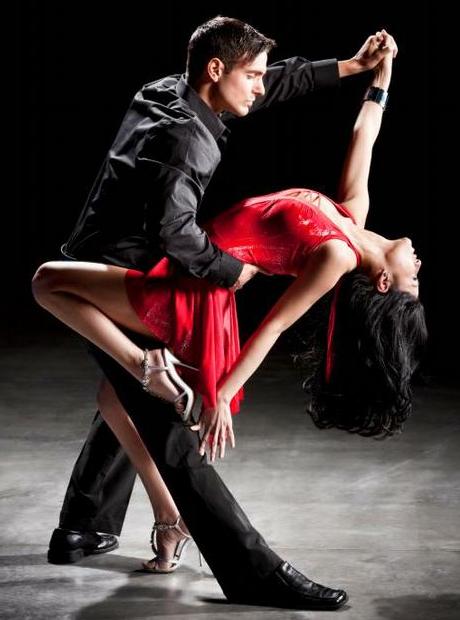 Cha-cha-cha as a music genre was invented at the Silver Star Club in Havana, Cuba early in the 1950’s by Enrique Jorrín, violinist and composer with Orquesta América and it stands as proof that the relationship between musicians and dancers is a symbiosis.
Cha-cha-cha as a music genre was invented at the Silver Star Club in Havana, Cuba early in the 1950’s by Enrique Jorrín, violinist and composer with Orquesta América and it stands as proof that the relationship between musicians and dancers is a symbiosis.
Jorrín noticed that some dancers were having difficulty with the fast pace of some of his son, danzón and mambo numbers, so he created slower, less syncopated and more melodic versions of his best hits. The resulting music had wider appeal, especially with the casual dancing crowd. But then he noticed that the more serious dancers found the music too slow and were syncopating the end of the bars in order to fill the time by doing a triple step. The orchestra followed the dancer’s footwork and added extra percussions to give birth to the cha-cha-cha sound.
Just like the Mambo a decade earlier, Cha-cha-cha came to North America from Cuba via Mexico, where all the Latin Orchestras went to make a name for themselves. Mambo orchestras adopted it and it became an international hit. Cha-cha-cha has enjoyed periodic upsurges in popularity since the 1950’s.
As a dance, Cha-cha-cha is lively, punchy, elegant and especially fun. Given its similarities with both swing and salsa, it is very easy to learn. Although purists enjoy the vintage Cuban sound, many dancers enjoy the fusion of cha-cha-cha with latin pop and even with rock arrangements.
Argentine Tango
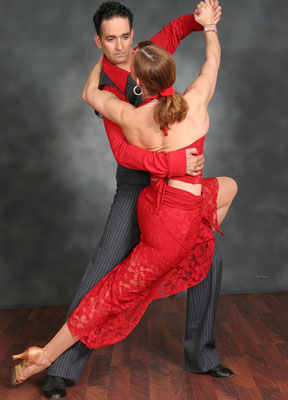 No other dance has a more colorful and passionate reputation. Argentine Tango as we know it today has its origins in the working class neighborhoods of the port cities of Buenos Aires in Argentina and Montevideo, in Uruguay during the late 19th century. The dance crosse dthe Atlatic during the early 20th century and became popular in Europe.
No other dance has a more colorful and passionate reputation. Argentine Tango as we know it today has its origins in the working class neighborhoods of the port cities of Buenos Aires in Argentina and Montevideo, in Uruguay during the late 19th century. The dance crosse dthe Atlatic during the early 20th century and became popular in Europe.
The dance was influenced by Spanish Fandango and Cuban Habanera and consists essentially of walking to music. A very specific characteristic of this motion is the brushing action of the feet against the floor, ones feet ant those of the partner. The embrace varies from arm-length to full body contact
Although it was at first considered vulgar, its popularity prompted dance teachers around the world to codify it and was soon being taught in dance schools everywhere.
Argentine tango music is very characteristic, mainly played with violins and bandoneon. The lyrics are usually nostalgic and sad, touching on themes of love, despondency and loss.
Argentine tango is very easy to learn and is a great dance to develop improvisation and musicality as it is melodic rather than rhythmical.
The dance has enjoyed repeated waves of popularity in its long history.
Brazilian Samba
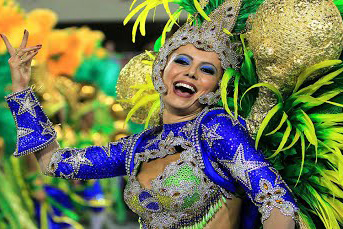 Samba is a joyful, rhythmical dance that was created by African slaves in Brazil who brought their music and dance traditions into the new world when they were broght to the portuguese colony in the 16th century. Samba music has also been influenced by other Latin American and european music traditions. Samba is the national dance of Brazil, and reaches the height of its importance during the festivities of Carnaval. It has many variations and derivations such as Pagode, Lambada, Gafieira, Bahiana, Carioca, and Capoeira. Although the Rio de Janeiro and Salvador de Bahia carnival styles, are the most renowned, not one of these different dances can claim to be the original or truest style of samba.
Samba is a joyful, rhythmical dance that was created by African slaves in Brazil who brought their music and dance traditions into the new world when they were broght to the portuguese colony in the 16th century. Samba music has also been influenced by other Latin American and european music traditions. Samba is the national dance of Brazil, and reaches the height of its importance during the festivities of Carnaval. It has many variations and derivations such as Pagode, Lambada, Gafieira, Bahiana, Carioca, and Capoeira. Although the Rio de Janeiro and Salvador de Bahia carnival styles, are the most renowned, not one of these different dances can claim to be the original or truest style of samba.
Samba is a freestyle dance that is usually improvised according to the samba music that is played. It can vary from a sensual, Bossa Nova rhythm to very fast batucada music. Men dance with the whole foot on the ground, rotating their heels while women, often wearing high-heeled shoes, dance just on the balls of the foot.
Samba is a great dance to improve overall fitness, musicality, improvisation and self-confidence. The joyful music and care-free attitude that characterize it make it one of the most fun dances to learn.
